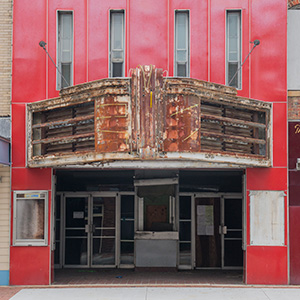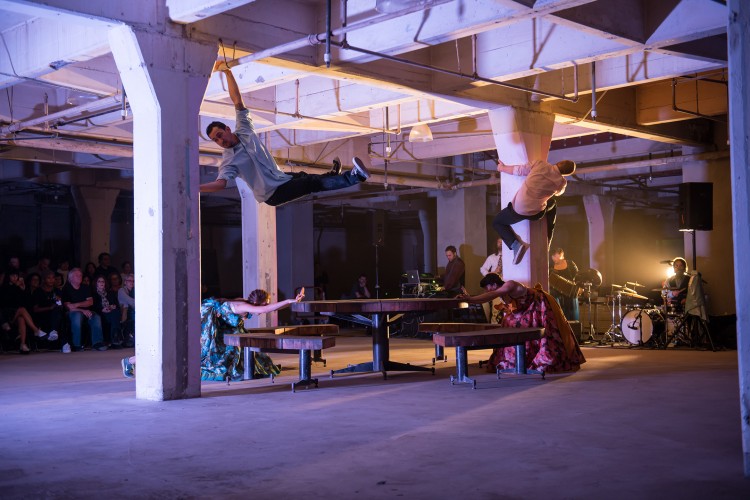The Model
Renewable Capital Builds Equity
The Rainin Arts Real Estate Strategy enables arts and cultural nonprofits to buy or lease real estate by matching funding with the right site and low-cost financing that freezes the price of the real estate against market escalation. Deed and lease restrictions on the property ensure that the space remains for arts use in perpetuity. As borrowed capital is reimbursed, it is recycled and used for another space purchase, establishing a perpetual asset that ensures permanent homes for nonprofit organizations for decades to come.
Private Foundations
May provide the capital (in the form of a grant or program related investment) for the pool of funds to address the issue of facilities.
Banks
Using the equity provided by the foundation, a bank offers a line of credit to make more liquid capital available on a timely basis, which is required for the purchase of real estate.
THE CDFI
![]()
Federal New Market Tax Credit
An incentive for corporations to access a tax break by collateralizing community loans, making new dollars available.
The Community Development Financial Institution (CDFI) uses the bank capital to establish an initial pool of funds for the property purchase and increases it through aggregating other funding streams. The CDFI also structures both the sources and uses of funds, including the Foundation grant dollars, additional funds borrowed from the bank, and equity loaned through the Federal New Market Tax Credits Program, or other sources. The CDFI may work jointly with the real estate holding company or another entity to provide real estate expertise to identify appropriate properties.
The Lender
Real Estate Holding Company
A stand-alone entity that ensures participants focus on shared goals. Working with a CDFI,
the holding company purchases real estate on behalf of organizations. They also help nonprofits with facility purchase decisions, assist with financial planning and conduct organizational due diligence. They may maintain the pipeline of nonprofits with facility needs (this work may be shared with a CDFI or other entity).

The property is purchased by the real estate holding company, who in turn offers a below market rate lease with option to buy to the arts organization.
The Lender
Real Estate Holding Company
In partnership with the local CDFI, the holding company purchases real estate on behalf of several organizations. They also help organizations make the decision to purchase a facility, assist with financial planning and conduct organizational due diligence. In many cases, they maintain the pipeline of non-profits that need help with facilities (this work may be shared with the CDFI or another entity).

The property is purchased by the real estate holding company, who in turn leases-to-purchase to the arts organization.

City Government
Plays various possible roles, including providing zoning designation, intervening in public policy to encourage access, or identifying certain properties or neighborhoods.
More
Arts Organization
Through the innovative below-market rate lease with option to buy model, arts organizations can now count on stability in both the short and long-terms.

Other Funders
As the need arises for an expanded pool of capital, other foundations, corporate, or government funders can contribute.
MoreGet the Infographic

Arts Organization
Through the innovative lease-to-purchase model, arts organizations can now count on permanency in both the short and long-terms.
Other Sources of Funding

City Government
Plays various possible roles, including providing zoning designation, intervening in public policy to encourage access, or identifying certain properties or neighborhoods.
More
Other Funders
As the need arises for an expanded pool of capital, other foundations, corporate or government funders can contribute.
MoreGet the Infographic

How It Works
See how an arts organization can take advantage of the Rainin Arts Real Estate Strategy
Why It Works
“CAST freezes the cost of real estate when it purchases property, carving out an alternative market for nonprofit arts and culture organizations. When a cultural organization buys a property seven to ten years after it’s purchased by CAST, it pays the original purchase price. In a market that has seen commercial property values increasing at a rate of 15%/year, that’s a game changer for our most valued cultural assets.”
– Shelley Trott, Director of Arts Strategy and Ventures, Kenneth Rainin Foundation.

